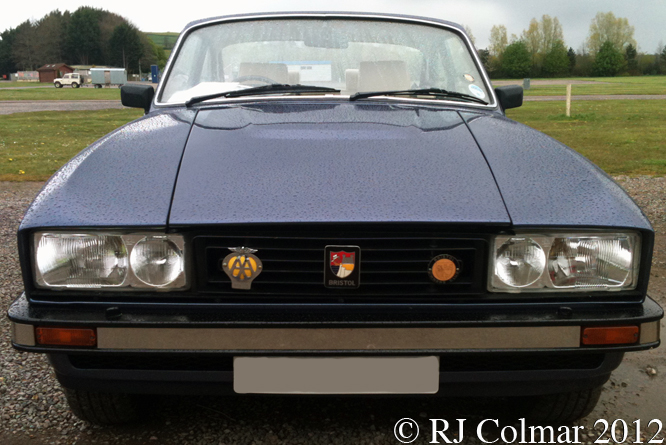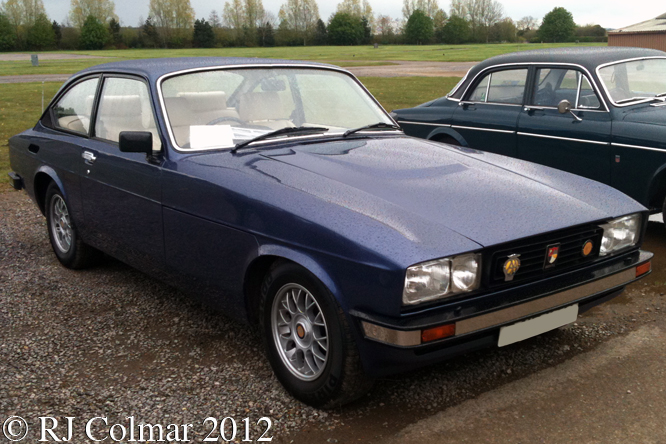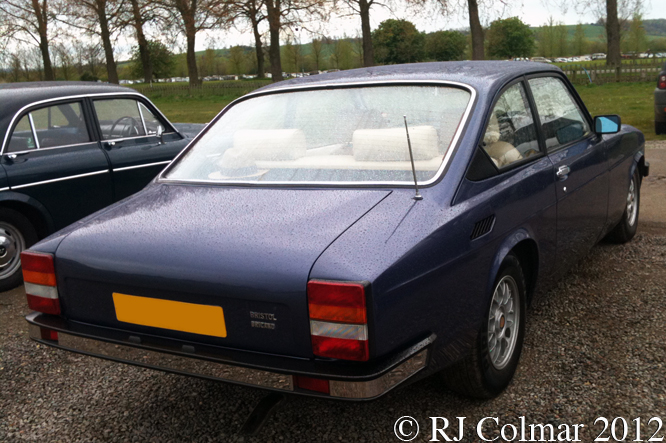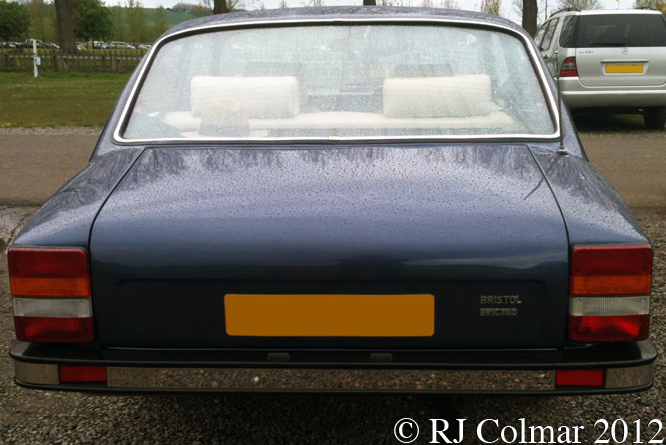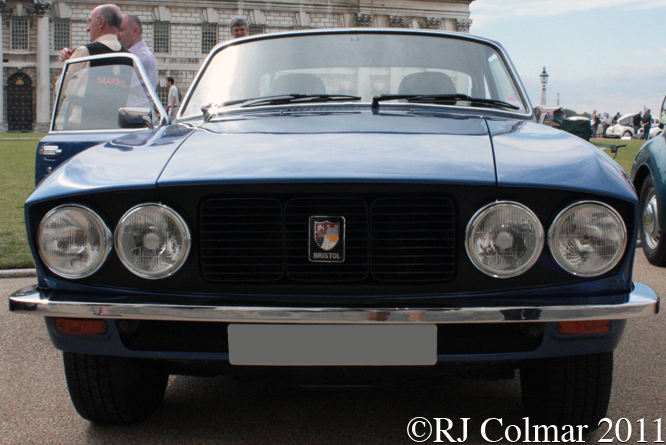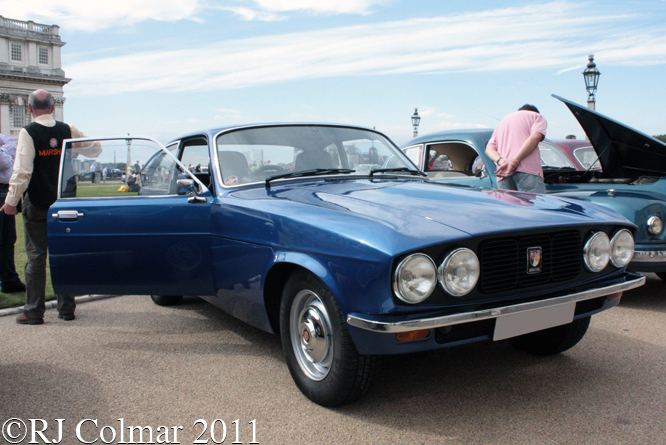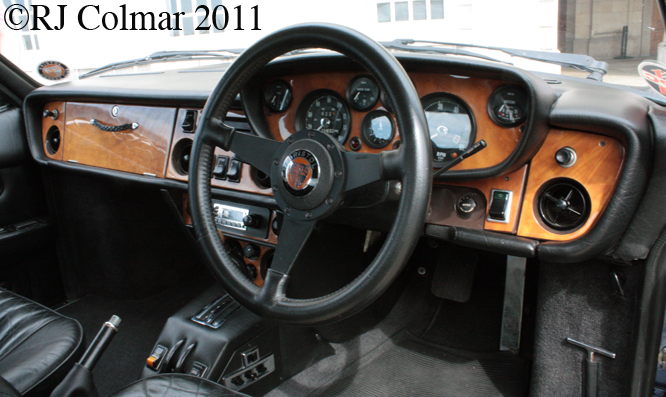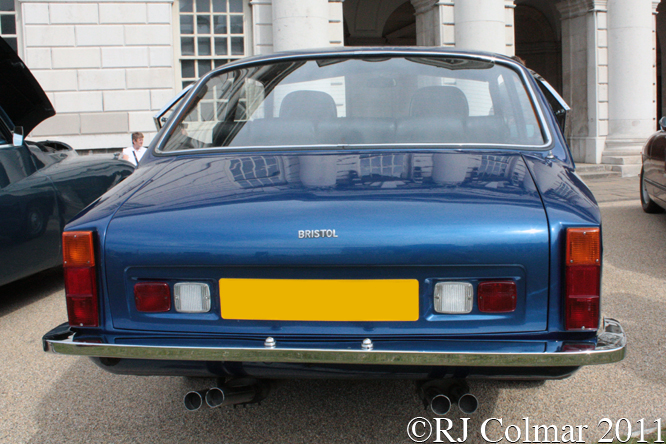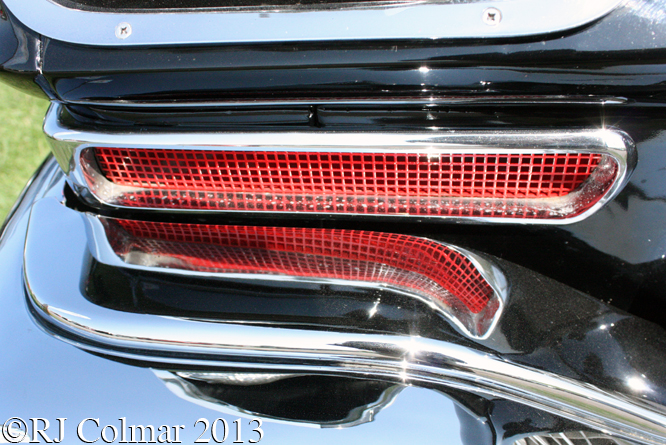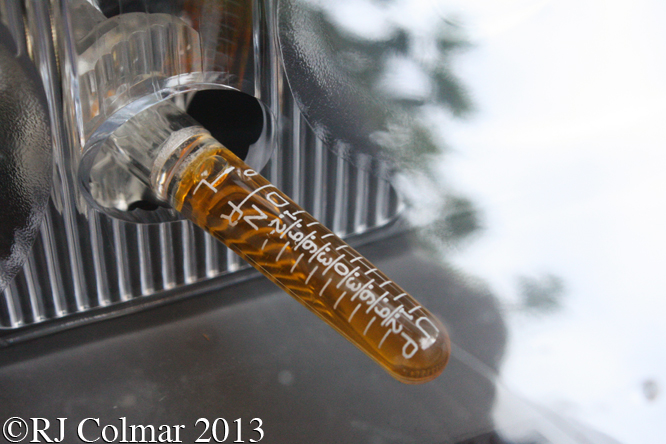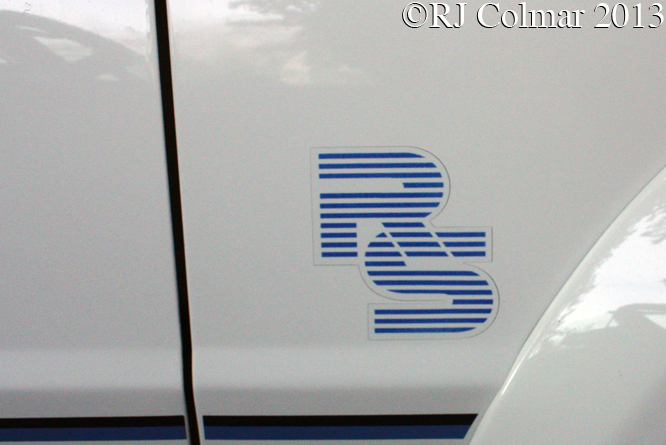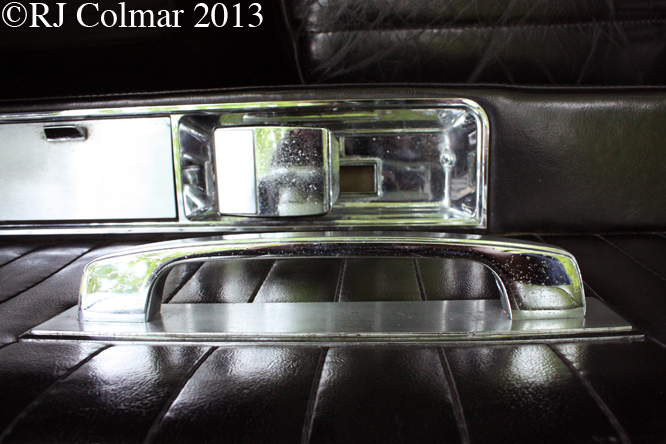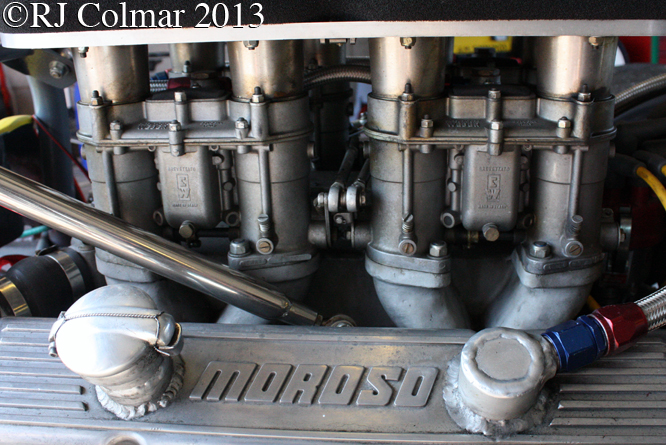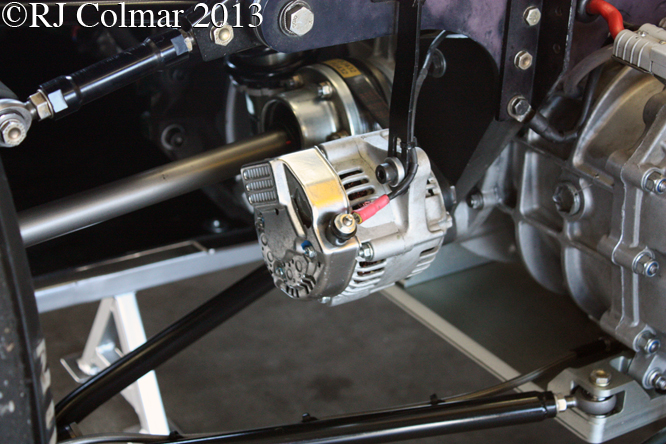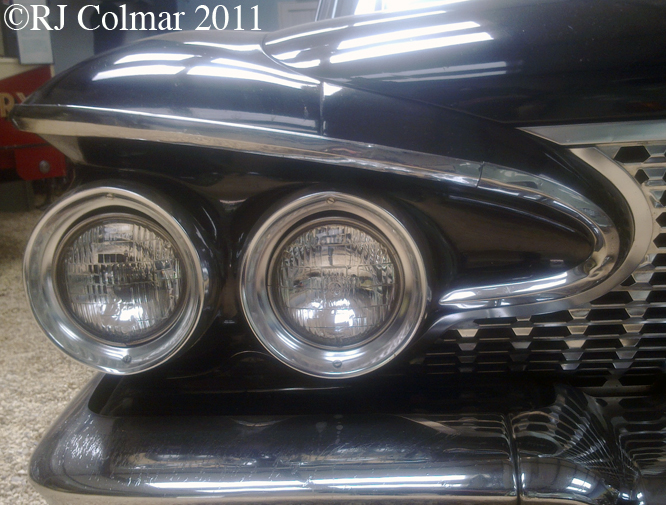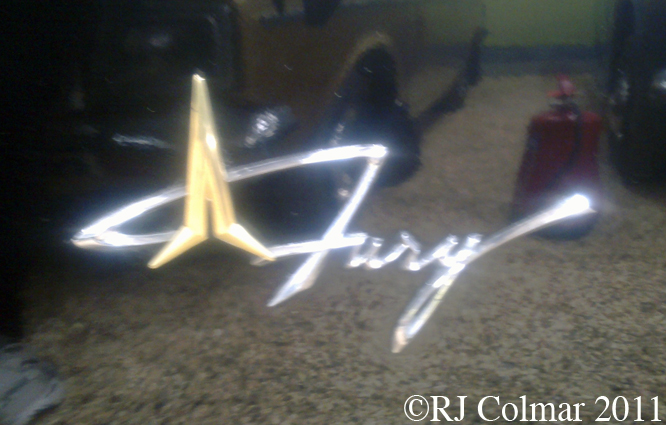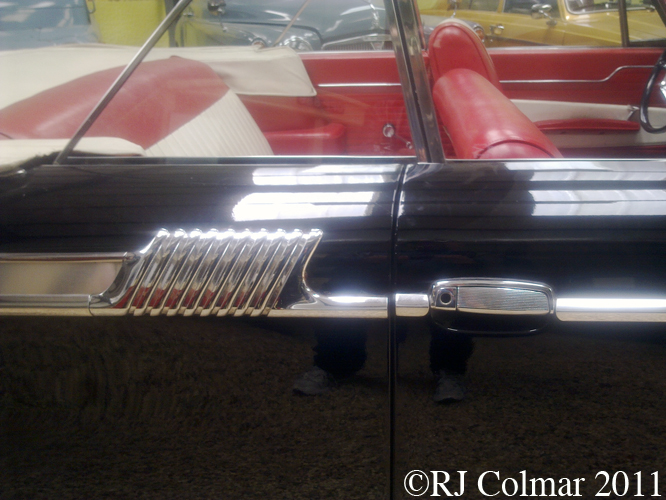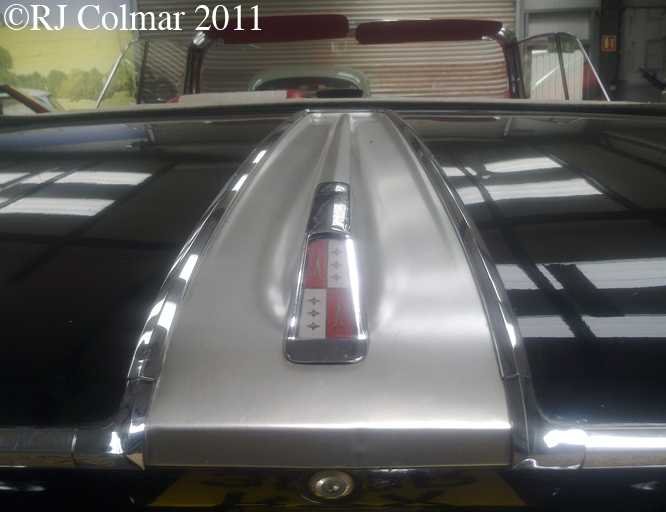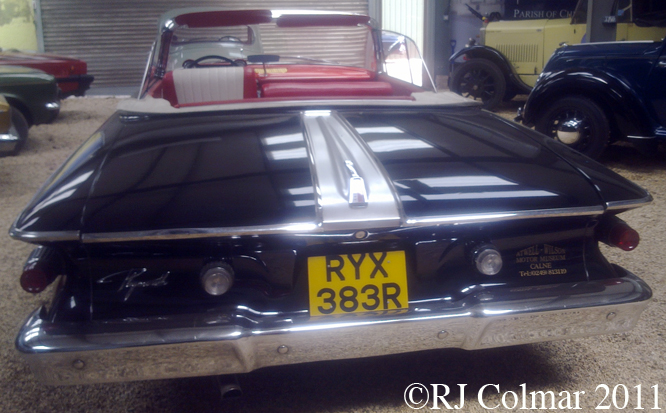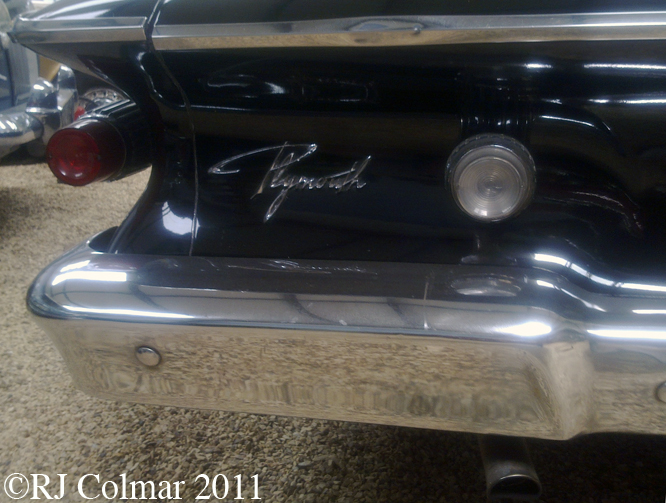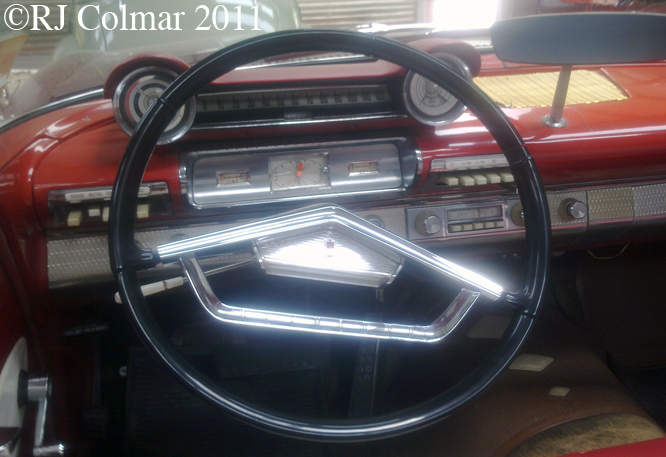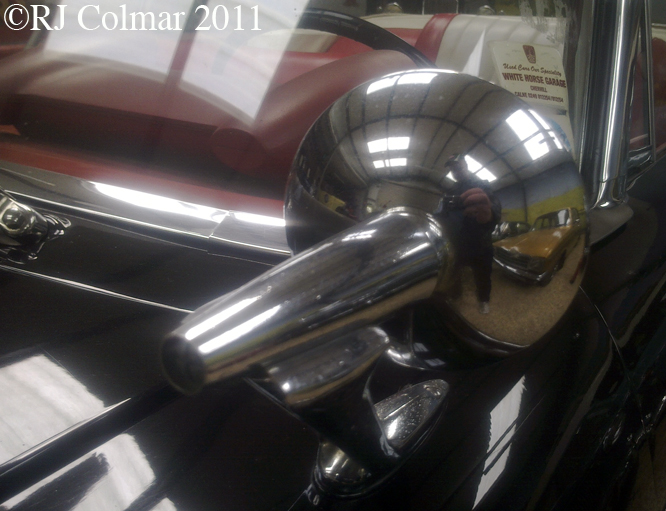In 1955 Chrysler turned the hitherto top of the Chrysler range Imperial model into an exclusive standing alone premium brand a division of Chrysler Corporation in much the same way as Continental became a premium division of Lincoln in 1956 and Cadillac has always been the premium division of General Motors.
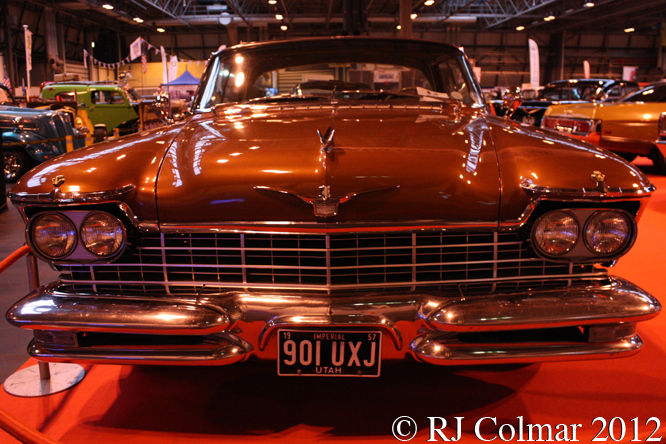
For 1957 the second generation Imperials were launched with wider platforms that were unique to the Imperial brand and wider than any of it’s rivals. Three motor options were available ranging from 6.4 litre / 392 cui Hemi’s to 7.2 litre / 440 cui Wedgeheads. So far as I have been able to determine from the DVLA records today’s featured ’57 Imperial Crown is fitted with a non standard MOPAR 6.2 litre 383 cui engine which did not go into production until 1959.
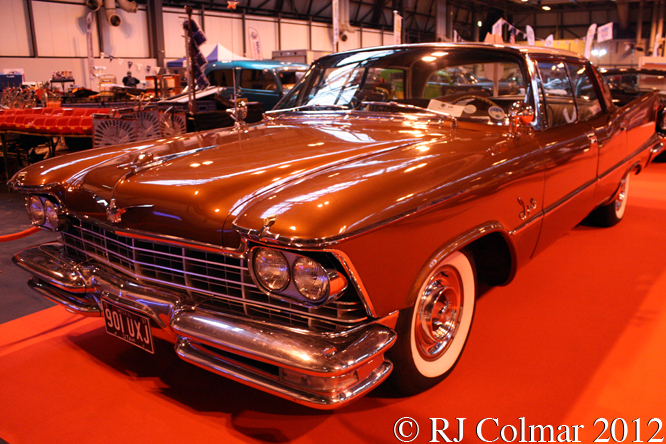
A highly rated smooth ride was facilitated by Torsion-Aire suspension with torsion bars on the front and multi-leaf springs on the rear axle the benefits of which one critic elucidated thus “cornered at speed flatter than a tournament billiard table”.
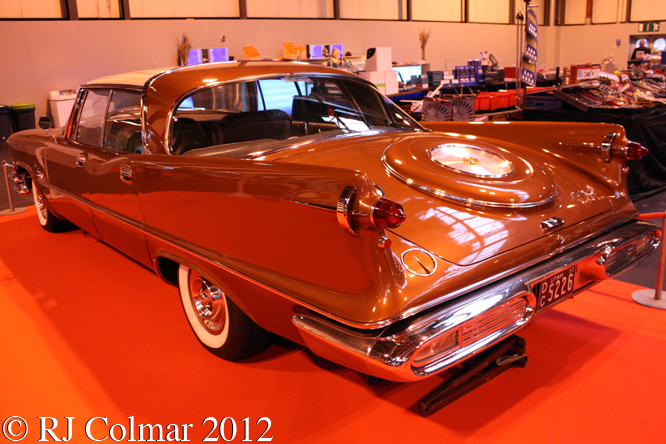
Virgil Exner evolved his ‘Forward Look’ and 1955 “The New 100-Million Dollar Look” design themes on the 1957 Imperial which featured the FliteSweep Deck Lid complete with optional faux continental tyre bulge in the boot / trunk lid.
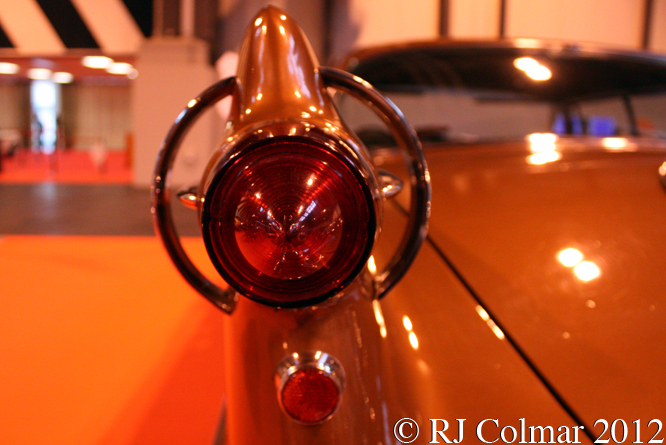
The gunsight tail lights were way ahead of the game and along with several other details would be a much copied feature on General Motors products from Buicks Buick, to Cadillacs over the following years.
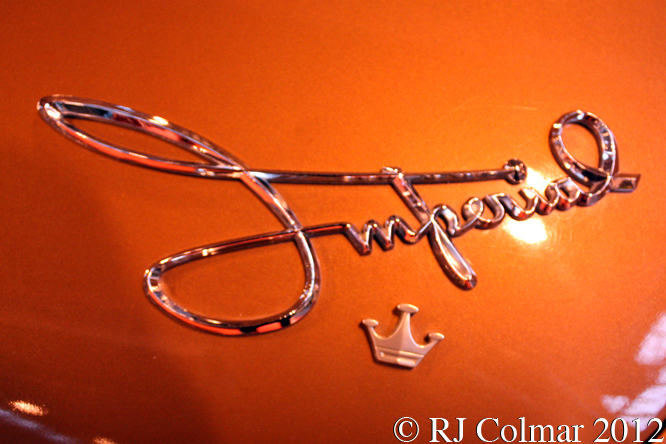
While power seats and dual exhausts were standard on all Imperials, Custom, Crown, LaBaron or custom built Crown Imperial trim levels were available according to the customers requirements.
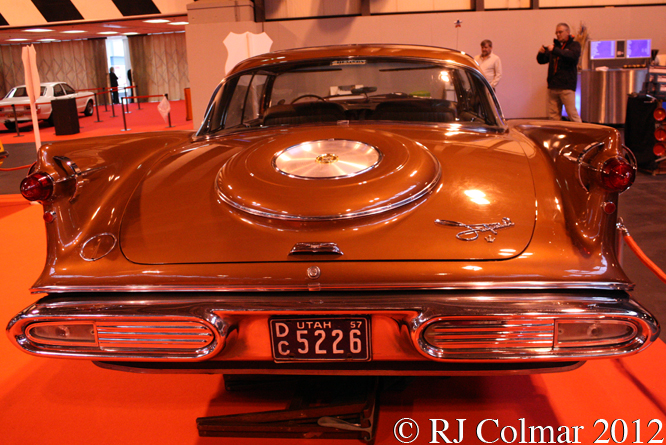
Despite being so far ahead of the curve in handling, styling and size the ’57 Imperials were outsold 1 to 3 by the ’57 Cadillacs.
Thanks for joining me on this “FliteSweep Deck Lid” edition of “Gettin’ a li’l psycho on tyres” I hope you will join me again tomorrow when I’ll be looking at a highly collectible FIAT. Don’t forget to come back now !


